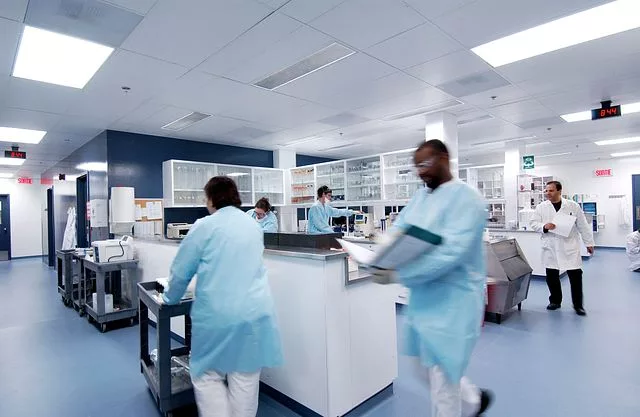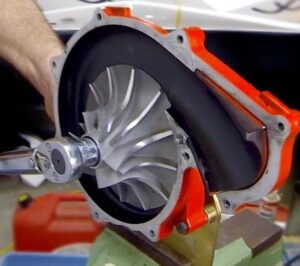Developing a new drug product can cost up to 1 billion dollars and may take 10 to 15 years to reach the market shelf. Drug discovery and development focuses on generating compounds and evaluating their properties to select an ideal chemical entity as a safe and effective drug product. Today, drug discovery and development are undergoing radical change. For example, pharmacokinetic studies are becoming vital for the drug discovery and development process. Besides, a greater emphasis on toxicokinetic properties has increased the need for robust and sensitive bioanalytical techniques such as qPCR analysis.
Today, the field of bioanalysis is increasingly being employed in drug discovery and development. Over the past decades, multiple bioanalytical assays have been developed to support novel compounds at various stages of drug discovery and development. Data generated by bioanalytical labs during early drug discovery and preclinical studies are vital for designing and conducting subsequent clinical bioanalysis. The current article focuses on the importance of clinical bioanalysis services during drug development. It discusses the various contributions of bioanalytics companies during drug development.
Clinical bioanalysis services during drug development
Drug development focuses on evaluating the safety, toxicity, and efficacy profile of new drug molecules. Today, a majority of drug molecules fail to reach subsequent clinical trials. Inadequate PD characteristics are often the primary reason for drug failure. Besides, this inefficacy also depends on the biopharmaceutical and PK properties of a particular drug. Drug development is broadly divided into preclinical and clinical stages.
Preclinical drug development
Once a novel and potential chemical compound is identified, scientists perform extensive preclinical analysis before testing the drug in human subjects. The primary objective of preclinical studies is to determine a drug product’s safety profile. A drug compound may undergo different types of preclinical studies. For example, a particular drug may undergo toxicity, PK/PD, and ADME testing in animal models.
Assay validation during preclinical testing should fulfill the required norms. Besides, assay validation should address as many parameters as possible, including accuracy, precision, selectivity, specificity, linearity, limits of quantification, and stability.
Clinical drug development
Clinical bioanalysis services include clinical trials to judge the safety and efficacy of a drug product in human subjects. Drug development includes phase I, II, III, and IV studies. Each phase is a critical decision point in the drug’s life cycle. Depending on the generated data, the development of a drug molecule can be ended at any phase of clinical trials. As a drug molecule moves through the clinical stage, the developed bioanalytical assay needs to be more robust, reliable, and accurate throughout the entire phase of clinical development.
Scientists should strictly adhere to stability, selectivity, and specificity requirements for bioanalytical assays. As most drug products need to be ingested with other medications, an ideal bioanalytical assay will be flexible enough to navigate these minor alterations in experimental conditions.
Conclusion
Clinical bioanalysis requires potent methods for generating robust, reliable, and accurate results. As clinical bioanalysis involves human subjects, sponsors should have an established plan before initiating drug development studies.
Must Read: Protecting Lives and Data: Assay Lab Safety Protocols and Guidelines

















